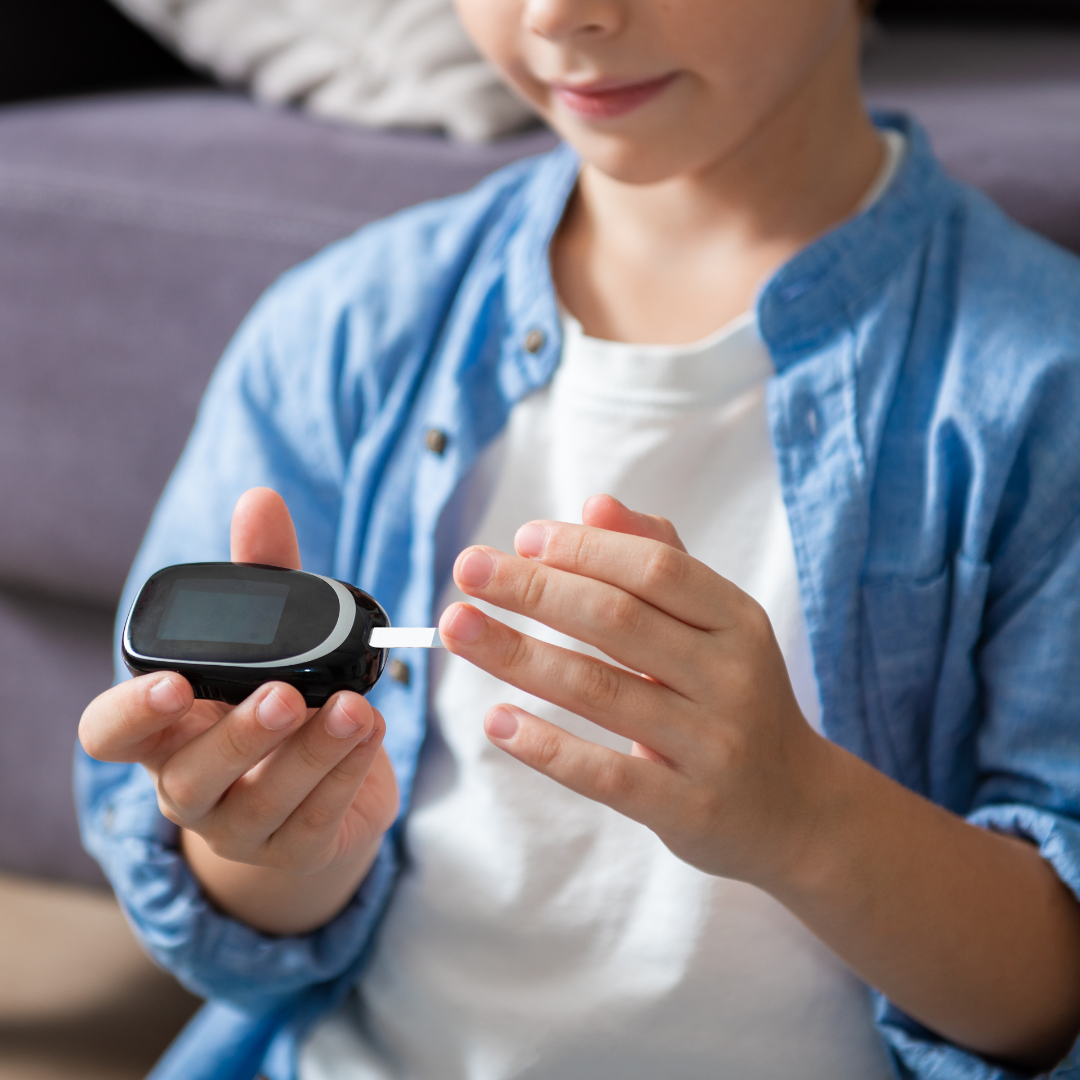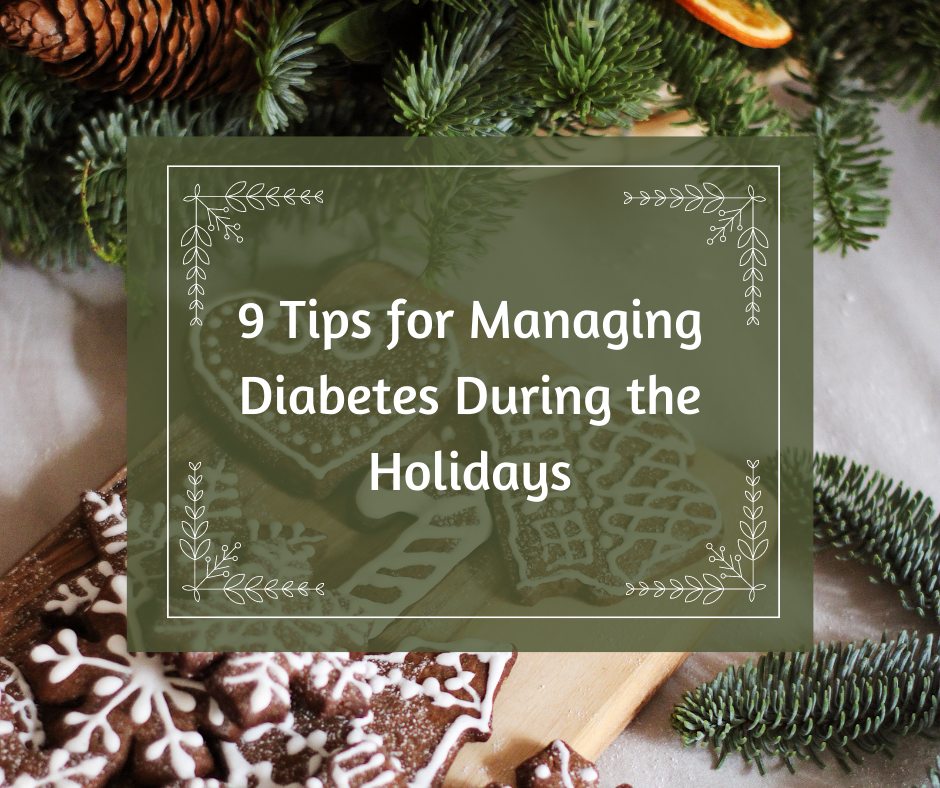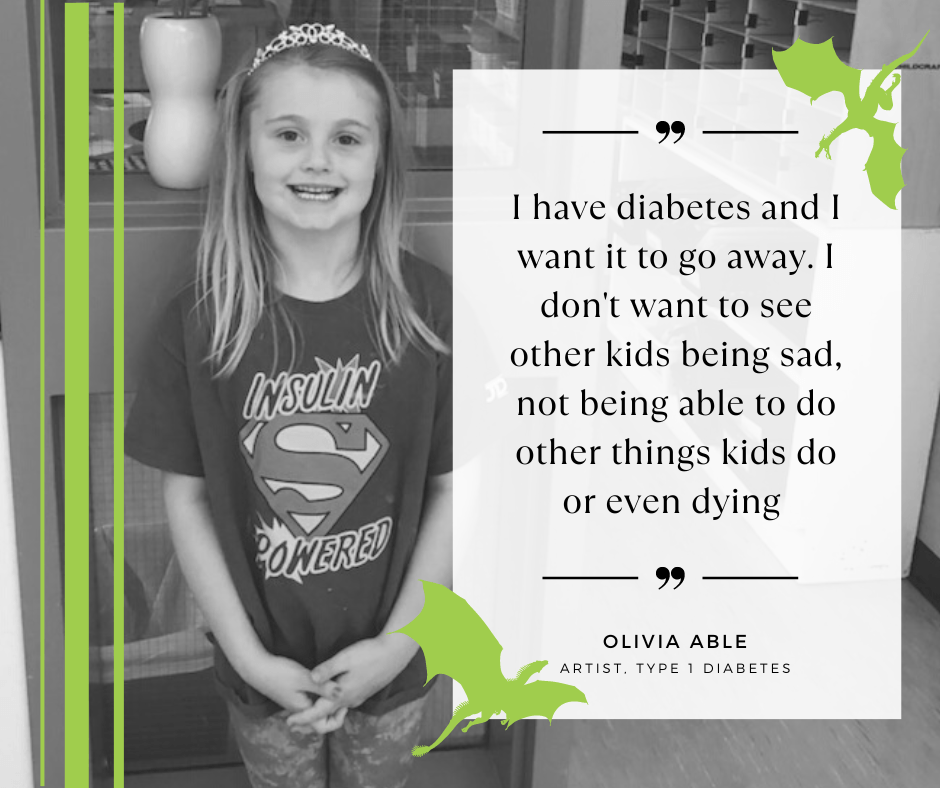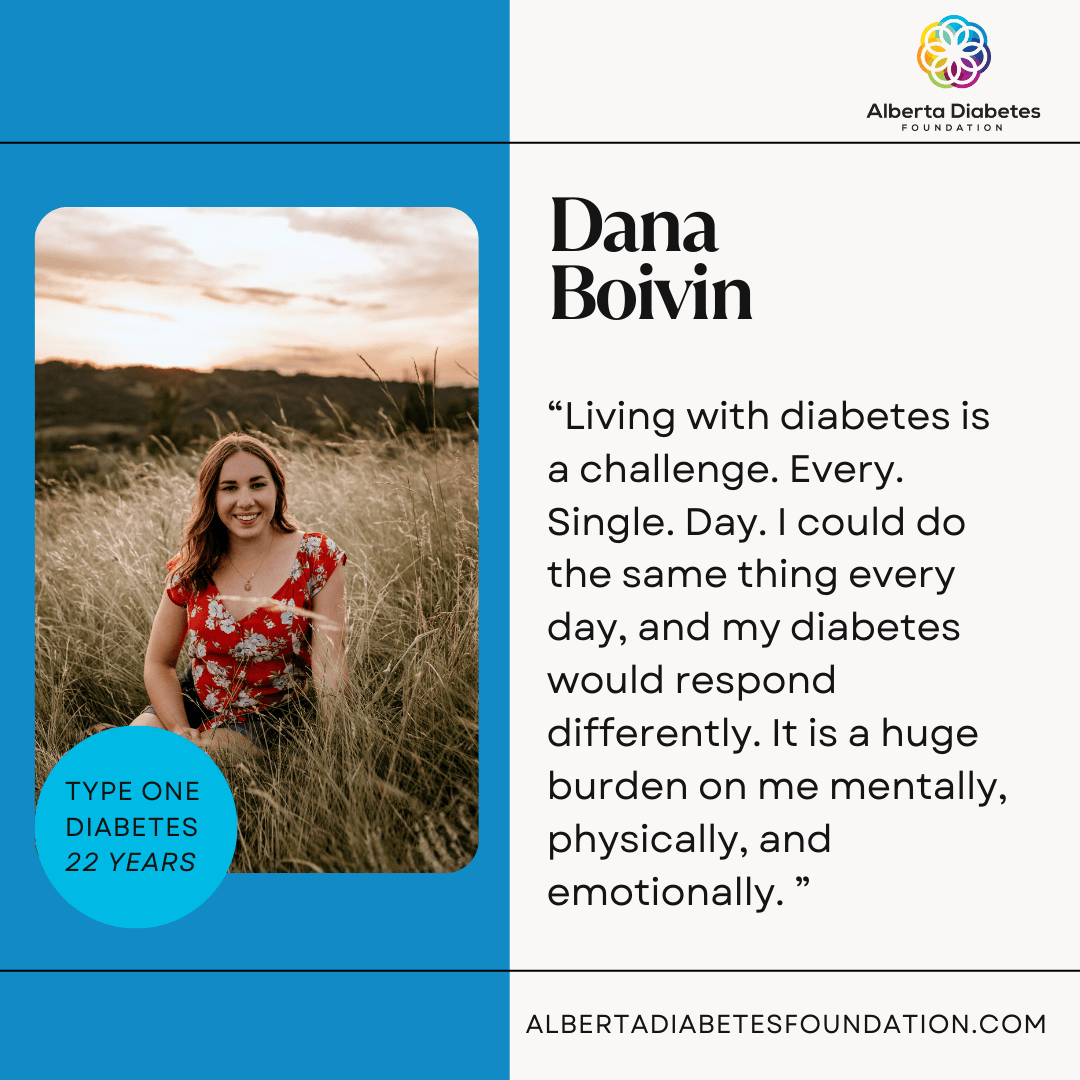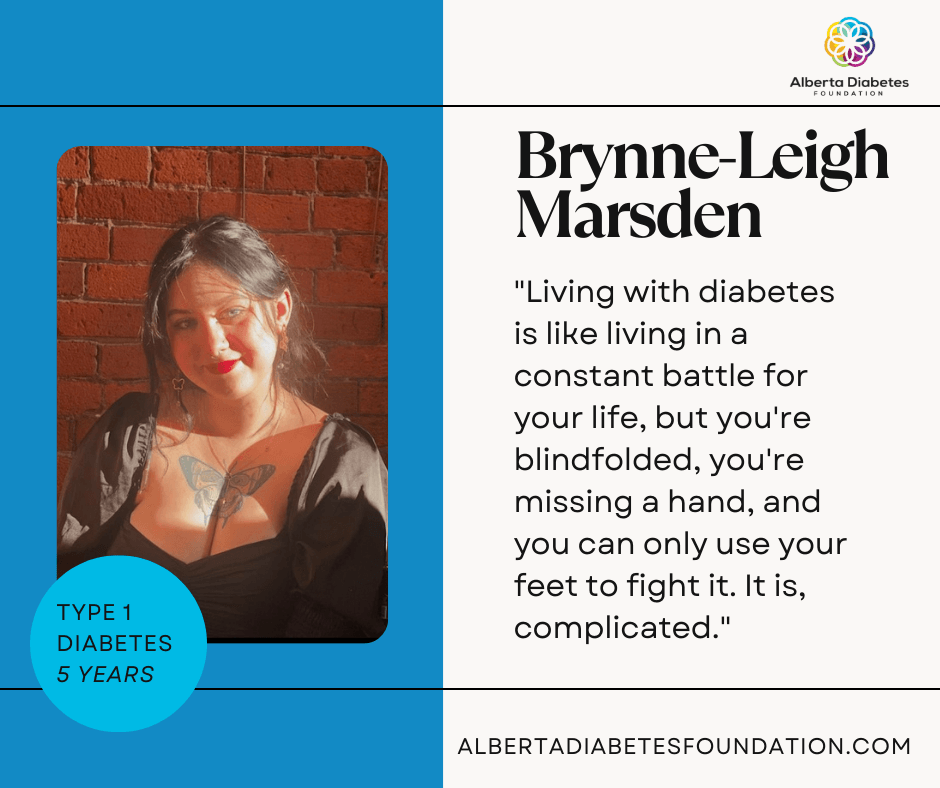How Supermarket Psychology Can Sabotage Diabetes Treatment Goals
By Jacqueline Marshall, 2016
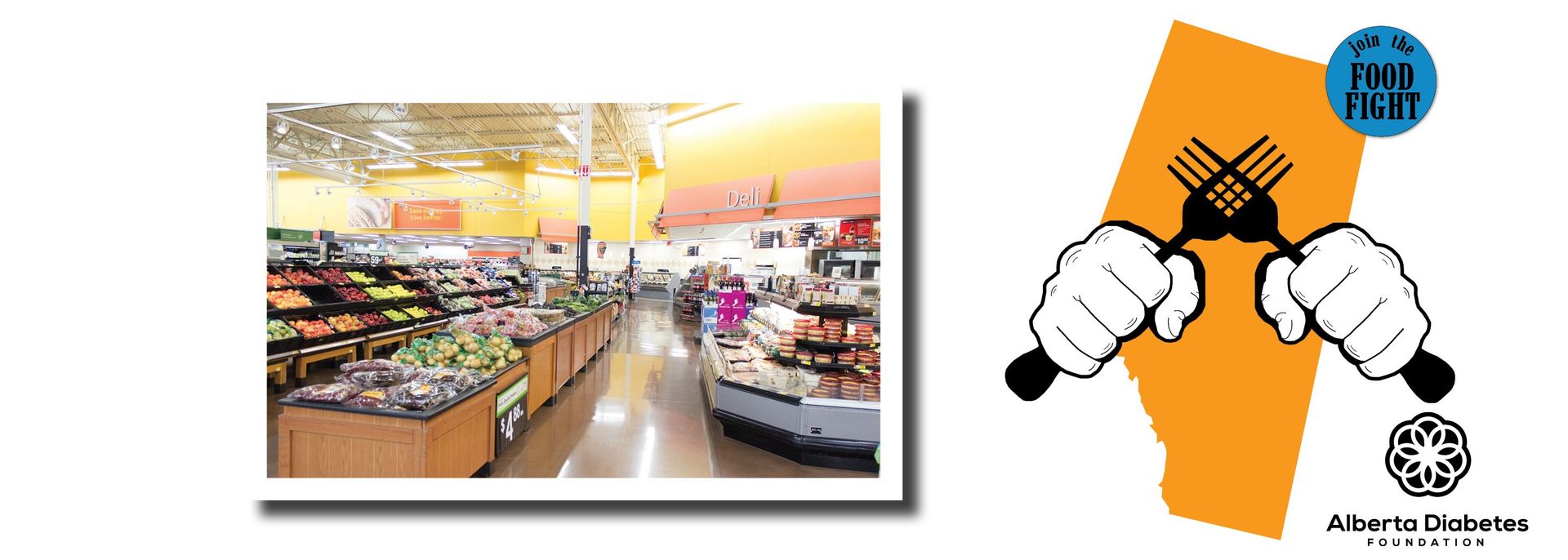
Our determination to follow a healthy eating plan can be undone by the strategic layout of our favorite grocery stores.
Supermarkets are in the business of making money, so they use proven psychological tactics that influence people to make unplanned purchases—and it’s impulsive food buys that often end up raising our glucose levels , and packing on unwanted pounds.
Supermarket Strategies
To avoid getting caught in a grocery store’s logistical web, we can take four common sense steps. First, plan each week’s meals. Second, create a shopping list for the meal plan. Third, only buy what’s on our list. Finally, go shopping with a basic understanding of supermarket layout strategies:
- Delighting the Eye. The produce section is usually at the front of a grocery store. Though it's illogical to place easily bruised produce at the bottom of a shopping cart, the colorful cornucopia of fresh garden delights is perfectly positioned to draw us into the market. This is partly helpful since we should be eating plenty of fresh fruits and vegetables; however, people shopping without a list frequently buy appealing produce that never gets eaten.
- Enchanting the Nose. Also at the front of many supermarkets are the aromatic offerings of bakeries, coffee, and flower shops. These areas are inviting, awaken our senses, trigger our salivary glands, and account for many shoppers’ unplanned purchases. Not that we shouldn’t enjoy these products from time to time, but we need to be on guard for impulse buys that can undermine blood sugar or weight loss goals.
- Dairy Destiny Almost all shoppers have at least one dairy product to purchase, and quick trips to the grocery store are frequently for things such as milk, cream, or butter. Placing dairy departments at the back of a grocery store ensures most customers will walk the store’s length, past a dizzying array of tempting goods.
- Sensory Shock. The sheer volume of goods on supermarket shelves - 44,000 items on average - creates a sensory and information overload. Research indicates that after 40 minutes of quick decision making in this overwhelming environment we start shopping emotionally, tossing in half the cart items we never planned on purchasing.
- Location, Location. End caps, or end of aisle displays, are customer traps set by companies willing to pay for prime product location. Goods sitting at end caps sell up to eight times faster than if they were shelved farther down an aisle.
- Lure of Space. Just as we tend to fill a large plate with more food than we need, we tend to load up those deep-bellied shopping carts with unnecessary items. Since their inception in 1937, carts have tripled in size. It’s good for a store’s bottom line, but not necessarily good for our waistlines.
Some stores place their bakeries at the back wall, hoping customers follow their nose through store aisles, and pick up enticing products along the way.
Time Warp. Playing background music, and a lack of external time cues (e.g., windows, clocks, skylights) are proven ways to keep grocery shoppers in the store longer. The longer we shop the more we see—and purchase.
Understanding these supermarket strategies can help us avoid the discretionary buys that may sabotage our dietary goals. By adding to that understanding well thought out meal plans and shopping lists we can more easily ignore a store’s strategic temptations and stay the course of well being.
Sources: Notre Dame College ; National Geographic
LET'S WORK TOGETHER TO FIND A CURE.
VISIT US
1-020 Li Ka Shing Centre
University of Alberta
Edmonton, AB, T6G 2E1
Office Hours
Monday-Friday 8:30-4:00
If you would like to set up an appointment at our office, please set up an appointment by contacting us at
info@abdiabetes.com

